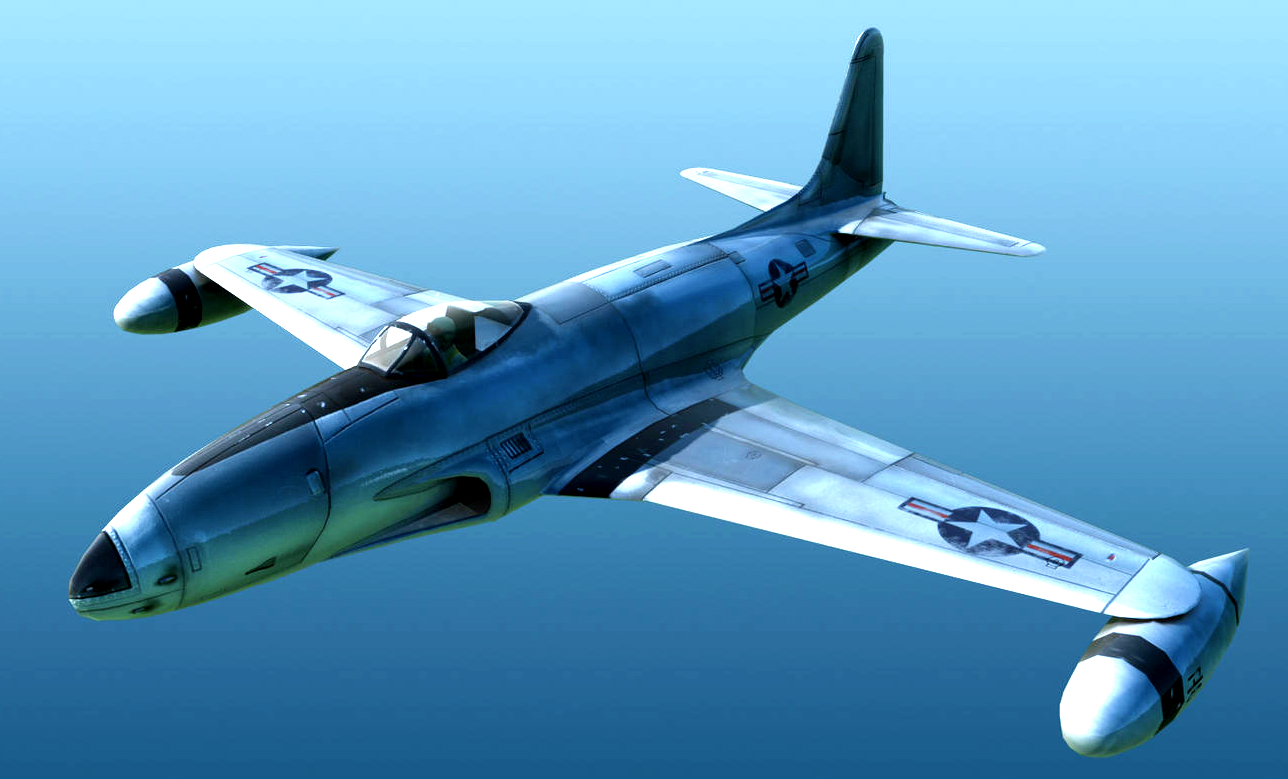A two-seat light general-purpose utility helicopter known as the Aero HC-2 Heli Baby was designed by engineer Jaroslav Slechta. This aircraft was produced by Aero Vodochody (a Czechoslovakian company) in the 1950's. It used a three-bladed rotor system for main rotor and a two-bladed rotor system for tail rotor. Heli Baby has windows made of Plexiglas and a fully metal frame and cockpit. It was the first Czechoslovakian-designed helicopter to be produced.
In 1951, the Heli Baby's prototype began to be construct and then later in 1954 the testing of the prototype was commenced. Heli Baby took it maiden flight on December 3, 1954. This helicopter was introduced to the public in 1955 at the Brno Industries Fair.
Engine: One Praga DH four-cylinder, air-cooled, horizontally-opposed, 62 kW (83 hp) or one Avia M 110H four-cylinder air-cooled piston engine rated at 78.3 kW (105 hp)
 Maximum speed: 78 mph
Maximum speed: 78 mphRange: 93 miles
Service ceiling: 9,941 ft.
Length: 34 ft. 5 in.
Height: 7 ft. 7 in.
Gross weight: 1,290 lbs.
Cruise speed: 62 mph
Main rotor diameter: 28 ft. 10 in.
Capacity: One passenger or 220 lbs. payload
Crew: One
The production of Aero HC-2 was scheduled to begin in 1957. However, due to the engine problems, the production had been delayed. HC-2 had been used by the Czechoslovakian Air Force as well as the Czechoslovak People's Army.
Aero HC-2 Heli Baby is capable of carrying a pilot and 220 pounds of cargo while using 4.85 gallons of fuel in one hour for 62 miles. It was one of the world's lightest two-seated helicopters in 1959 which is initially powered by an 83 hp (62 kW) Praga DH engine. The more powerful 105 hp (78 kW) Avia M 110H engine which was designed specifically for use in helicopters, replaced the old engine after approximately six years.
Heli Baby can be used for training, transport, and various other duties in military and civil service. In addition to its two seats, the helicopter has space behind it to carry cargo, and it had a tricycle undercarriage. Three wheels were used to support the helicopter on the ground.





























